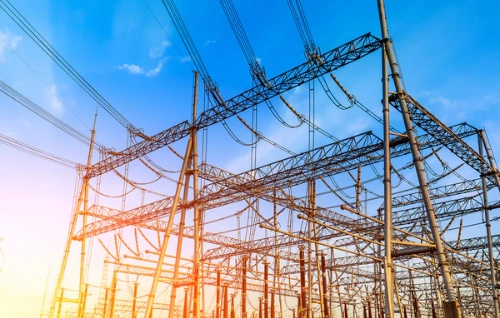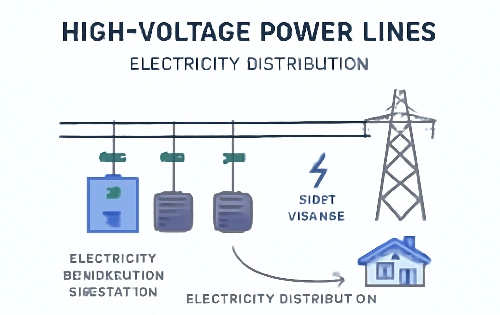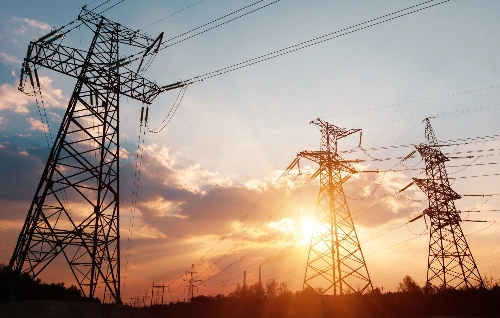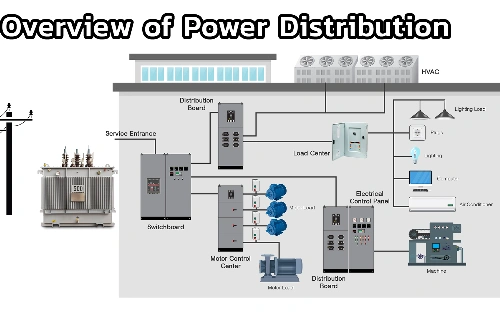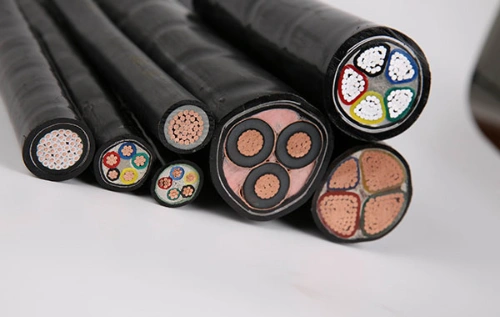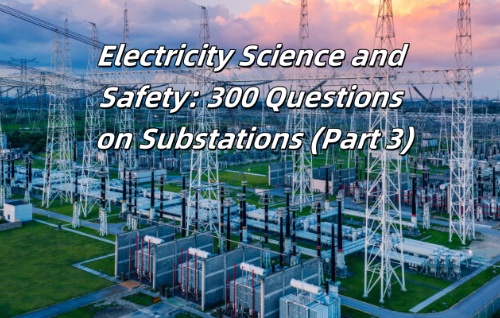What Does a Transformer Do to Current?
Transformers play a vital role in modern electrical systems. From power plants to homes and businesses, transformers play a vital role in controlling the current and voltage in circuits. But what exactly does a transformer do with current? How does it work? And how can we reduce losses during transmission?
Now, we’ll break down the science behind transformers, explore how they affect current, and explain various types, including current transformers, core current transformers, and distribution transformers. Whether you're a student, an electrical engineer, or just curious, this guide covers the key principles you need to know.
🔌 What Is a Transformer?
A transformer is an electrical device that transfers electrical energy between two or more circuits through electromagnetic induction. Its main function is to change voltage levels, either stepping them up or down, while maintaining the same frequency.
A basic transformer consists of:
- An iron core (often laminated to reduce losses)
- A primary coil (connected to the input voltage source)
- A secondary coil (connected to the output)
Through the principle of electromagnetic induction, a transformer can change voltage and current without direct electrical contact between circuits.
⚙️ How Do Transformers Work?
Transformers operate on Faraday’s Law of Electromagnetic Induction, which states that a changing magnetic field within a closed loop induces an electromotive force (EMF).
Here’s how it works:
- AC current flows through the primary coil, generating a changing magnetic field.
- This magnetic field passes through the iron core and reaches the secondary coil.
- The changing magnetic field induces a voltage in the secondary coil.
- Depending on the number of turns in each coil, the voltage and current are adjusted.
This entire process allows transformers to efficiently transfer energy while modifying the current and voltage levels.
🔄 What Does a Transformer Do to Current?
The effect a transformer has on current depends on whether it is a step-up or step-down transformer:
- Step-down transformers reduce voltage but increase current.
- Step-up transformers increase voltage but decrease current.
This inverse relationship between current and voltage is governed by the conservation of power (neglecting minor losses):
Power in ≈ Power out
Vp×Ip=Vs×IsV_p \times I_p = V_s \times I_sVp×Ip=Vs×Is
Where:
- Vp, IpV_p, I_pVp, Ip: voltage and current in the primary coil
- Vs, IsV_s, I_sVs, Is: voltage and current in the secondary coil
So, when the voltage is decreased by the transformer (as in a step-down transformer), the current on the secondary side increases proportionally, and vice versa.
🔍 What Is a Current Transformer?
A current transformer (CT) is a special type of transformer used specifically to measure or monitor current in high-voltage systems.
- It reduces high current levels to a smaller, manageable value.
- The core current transformer design ensures accurate readings for protective relays or meters.
- CTs are crucial in power grid monitoring, safety systems, and metering.
Unlike voltage-based transformers, current transformers are optimized for current ratios rather than voltage transfer.
🧲 Role of the Iron Core
The iron core in a transformer serves to concentrate the magnetic field and improve efficiency. A high-permeability material allows magnetic flux to pass through more easily, ensuring that the maximum magnetic field reaches the secondary coil.
In most modern transformers, the iron core is laminated to reduce eddy current losses, which can cause unwanted heating.
🏗️ Types of Transformers
There are several types of transformers, each suited for different applications:
-
Step-down Transformers
Lower voltage for safe household or industrial use. For example, from 11kV to 230V. -
Step-up Transformers
Raise the voltage for long-distance transmission, reducing power loss. -
Distribution Transformers
Located near end-users, provides final voltage transformation for homes and businesses. -
Current Transformers (CTs)
Designed to scale down high current for instrumentation and protection. -
Isolation Transformers
Used for safety and to prevent signal interference by electrically isolating circuits.
Each transformer type manipulates voltage and current differently depending on its intended use.
🔁 Primary and Secondary Coils
The primary coil is connected to the input power source. When AC current flows through it, a magnetic field is generated. The secondary coil receives the induced EMF based on its number of turns.
The turns ratio (N₁:N₂) directly influences the output voltage and current:
- More turns on the secondary → higher voltage, lower current
- Fewer turns on the secondary → lower voltage, higher current
This ratio is crucial in designing transformers to meet specific circuit needs.
⚡ Why Transformers Matter in Electrical Energy Distribution
Without transformers, it would be nearly impossible to transmit electrical energy efficiently over long distances. High voltage (low current) transmission minimizes energy loss due to heat.
At the generation point:
- Step-up transformers increase voltage to hundreds of kilovolts for transmission.
Near consumers:
- Step-down and distribution transformers reduce voltage to safe, usable levels.
Transformers ensure that electrical energy reaches homes, factories, and cities with minimal loss.
So, what does a transformer do to current? In simple terms, it increases or decreases the current based on the voltage transformation required. It does this safely and efficiently through electromagnetic induction, using primary and secondary coils wound around an iron core.
Understanding how transformers work, from core current transformers to distribution transformers, is key to appreciating the vast and complex infrastructure that powers our modern lives.


